 |
 |  |
|
|||
Home |
World Climate |
Climate System Monitoring |
El Niño Monitoring |
NWP Model Prediction |
Global Warming |
Climate in Japan |
Training Module |
Press release |
Links |
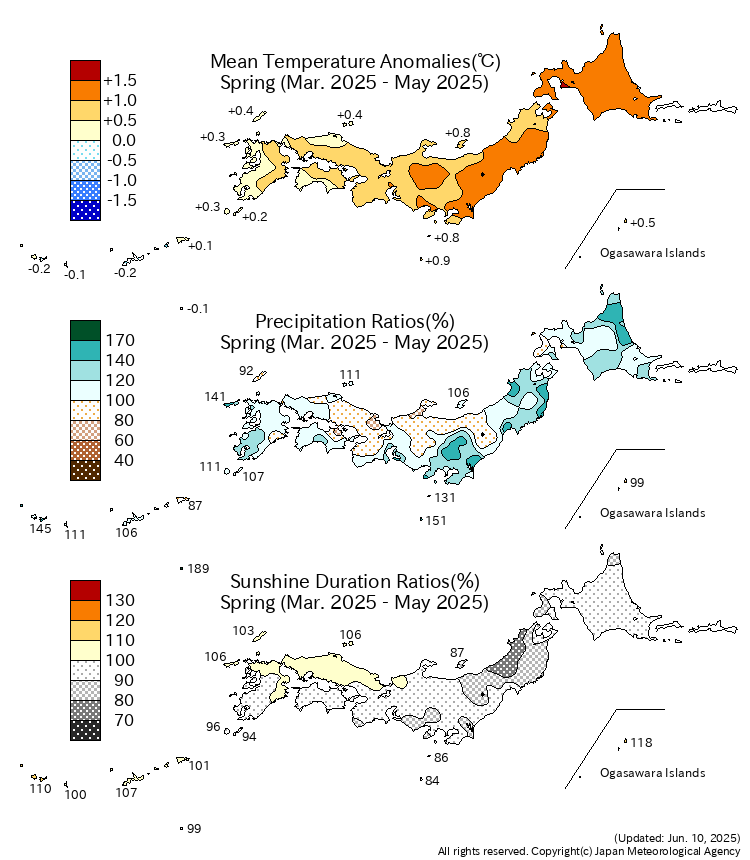
|
Fig.S1 Seasonal climate anomaly/ratio over Japan (March 2025 - May 2025) Top: temperature anomalies (degree C) Middle: precipitation ratio (%) Bottom: sunshine duration ratio (%) The base period for the normal is 1991-2020. |
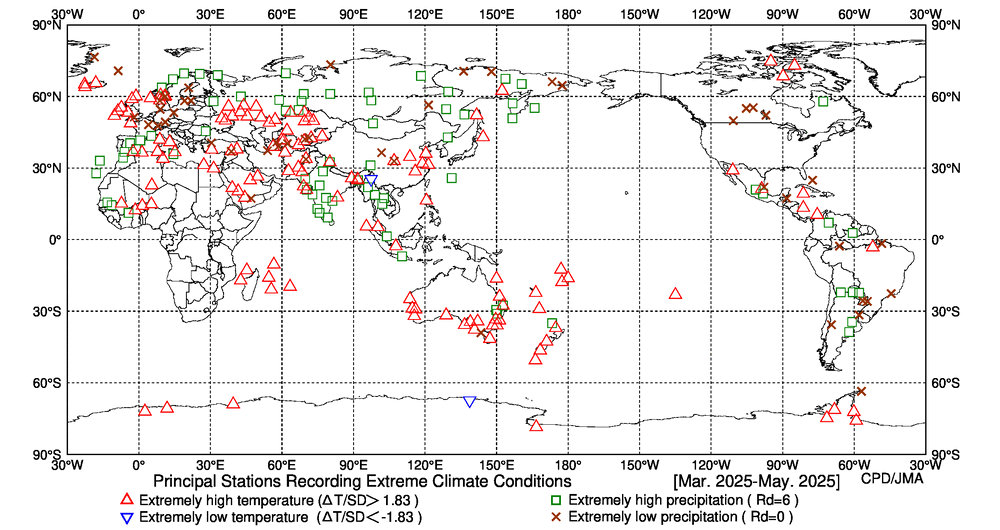

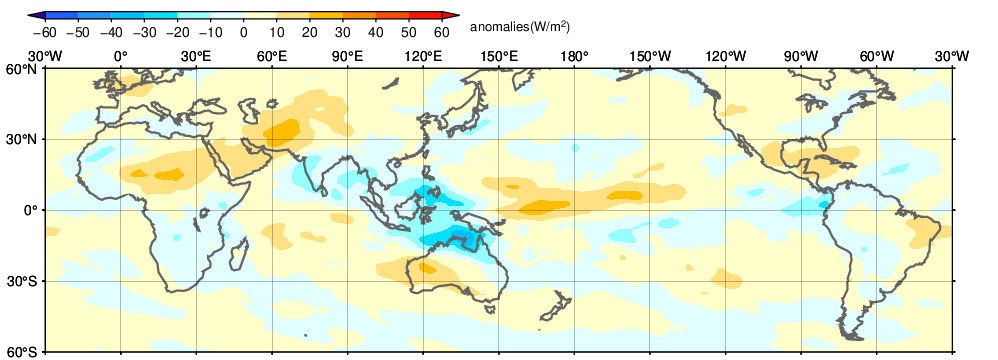

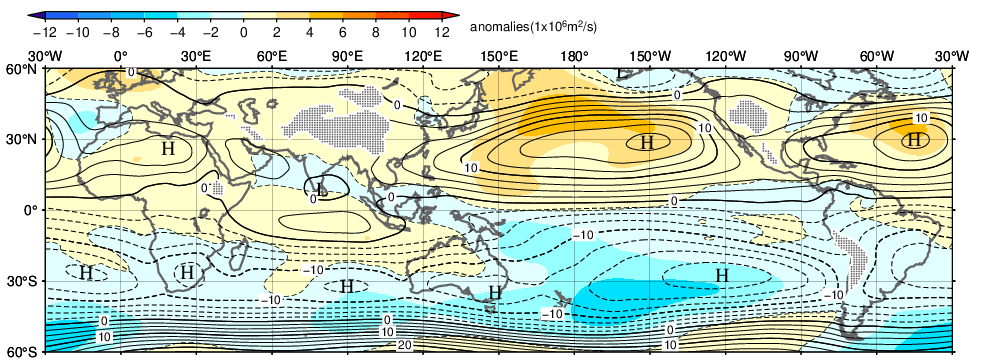
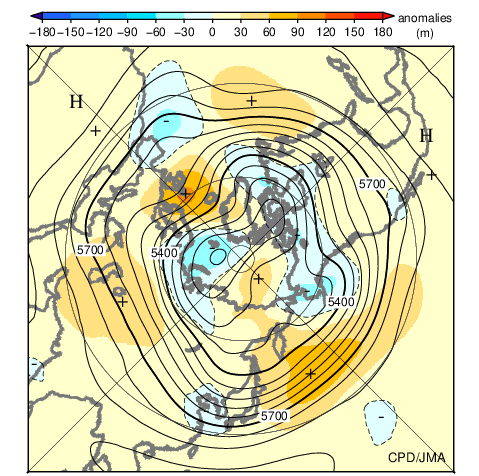 Fig.S7 Three-month mean 500-hPa height and anomaly in the Northern Hemisphere (March 2025 - May 2025) The contours show 500-hPa height at intervals of 60 m. The shading indicates its anomalies. The base period for the normal is 1991-2020. |
 Fig.S8 Three-month mean 200-hPa wind speed and vectors in the Northern Hemisphere (March 2025 - May 2025) The black lines show wind speed at intervals of 10 m/s. The brown lines show its normal at intervals of 20 m/s. The base period for the normal is 1991-2020. |
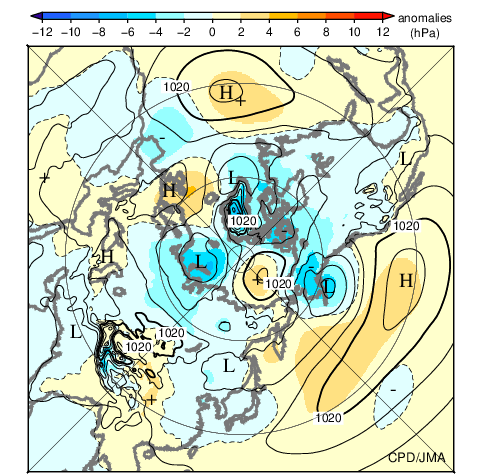 Fig.S9 Three-month mean sea level pressure and anomaly in the Northern Hemisphere (March 2025 - May 2025) The contours show sea level pressure at intervals of 4 hPa. The shading indicates its anomalies. The base period for the normal is 1991-2020. |
 Fig.S10 Three-month mean 850-hPa temperature and anomaly in the Northern Hemisphere (March 2025 - May 2025) The contours show 850-hPa temperature at intervals of 3 degree C. The shading indicates its anomalies. The base period for the normal is 1991-2020. |
|
If you would like to subscribe to Seasonal Highlights on the Climate System, please send an email to
with your name, affiliation, country and email address. |